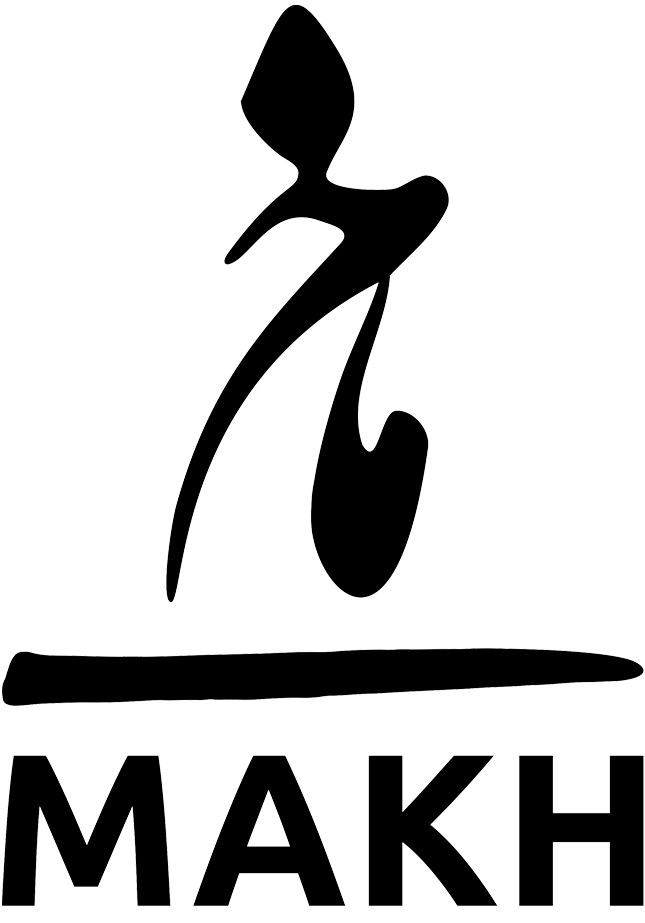

Introduction
In issue 25 of BUSIGN magazine, a detailed discussion was presented on the key performance indicator (KPI) for design (link). Depending on the strategy, industry, and problem definition a designer uses to create ideas, different indices can be defined for their key performance indicators. However, what has been described in MAKH as the important index for evaluating the design process and the designer is the Key Problem-Solving Indicator (KPSI). Therefore, instead of defining a key performance indicator for the designer, the Key Problem Solving Index has been determined
Design Thinking
All design projects underway in various departments in MAKH, such as product design (digital and physical), service design, brand book, market studies, and interior architecture, are progressing based on the design thinking process.
Design thinking is an approach and method for solving a problem or issue at the core of all these processes. Therefore, regardless of their specialization, a designer must be able to provide solutions based on understanding the user, identifying their real needs and wants, and brainstorming and solving the correct problem.
What design thinking adds to all processes is the roadmap for the entire project. It is possible to define indicators and evaluate the designer’s position within a specified roadmap.


Determining the importance of the problem
Therefore, in the design thinking process, a designer must be able to provide an appropriate solution based on a specific problem definition. Evaluating a designer based on the number of problems they have solved is the most crucial aspect of the design process. In the MAKH strategy, the project and the importance of the issues are defined first. It identifies which problem shows more importance and necessity in the project’s progress. Conversely, the responses and solutions provided can be classified based on the importance of the issues.
For example, solutions presented at a project’s strategic level hold more significance than other solutions in the detailed problem-solving process.
Thus, the Key Problem-Solving Indicator is defined by MAKH for designers using metrics dependent on the type of project. The quality and quantity of a designer’s performance are evaluated based on the number of solutions they have provided to solve problems.
Conclusion
The Key Problem-Solving Indicator (KPSI) monitors the quantity and quality of the solutions produced. The designer must understand how they are being evaluated and what metrics their performance in each project depends on.
Evaluating a process and qualitative performance using quantitative indices is always challenging. From the perspective of the MAKH team, what leads to the growth and development of a designer is their problem-solving skills and the solutions they provide. We live in a dynamic world where we constantly face new challenges in projects, and the ability to respond to these problems, regardless of the designer’s field of expertise, determines the value of their work.

By: Majid Ahmadi Khoshbakht
CEO of MAKH




